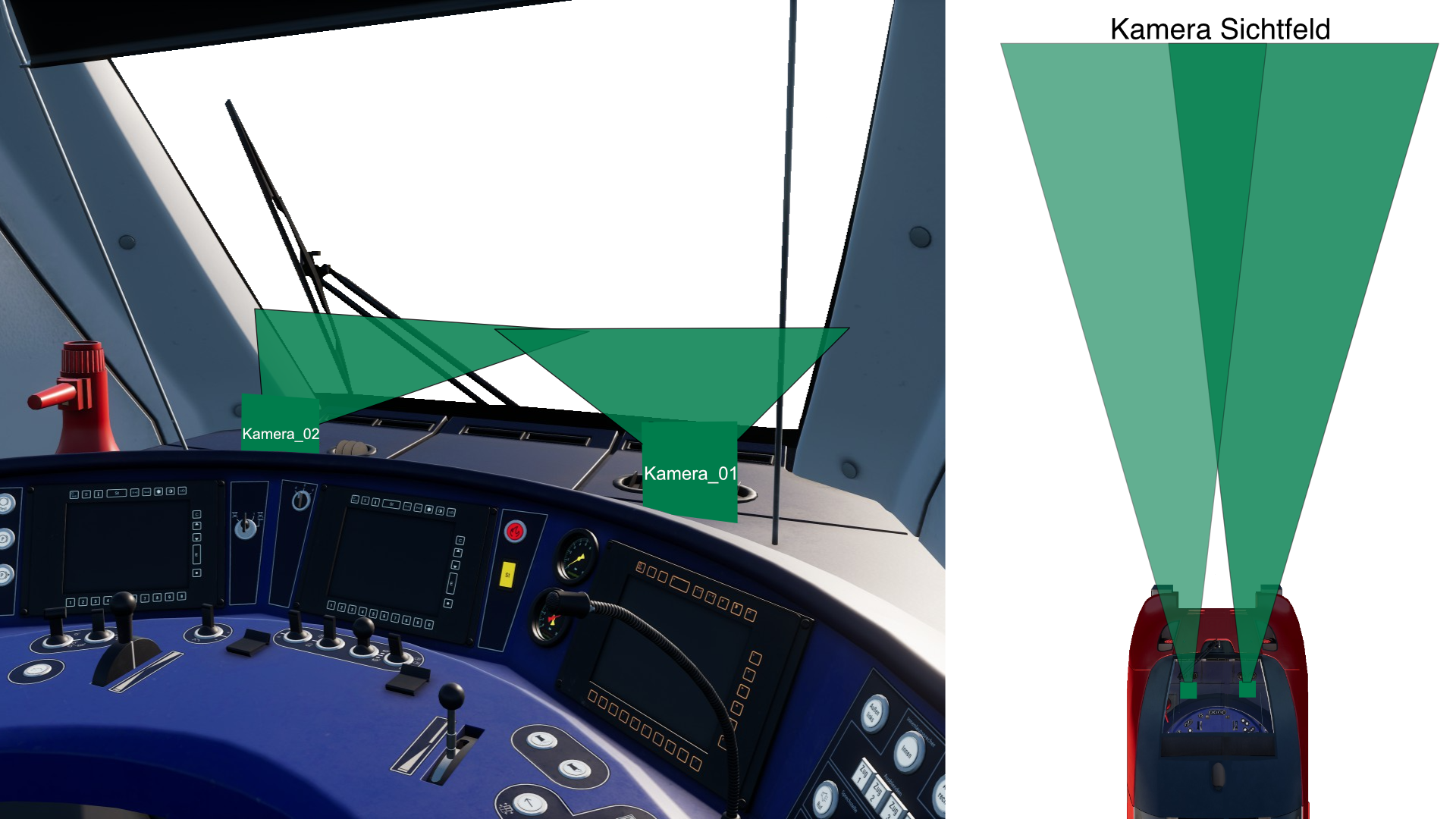Why AutoTF Chooses Not to Use ETCS
In the rapidly evolving world of railway automation, the European Train Control System (ETCS) has emerged as a standard aimed at enhancing cross-border interoperability throughout the European rail network. While ETCS offers numerous advantages, at AutoTF, we have opted for a different path for several strategic reasons.

1. Independence from External Systems:
ETCS relies heavily on trackside technology that is not yet universally implemented, particularly in Germany where many areas still operate under older systems. AutoTF’s technology is designed to be independent, allowing for deployment on any train and on any track, regardless of the underlying infrastructure. This approach provides our clients with the flexibility to upgrade their systems without waiting for external upgrades or dependencies.
2. Faster Implementation and Flexibility:
One of AutoTF’s core principles is to deliver rapid and flexible solutions to our customers. Relying on ETCS, which requires widespread infrastructure changes that can be slow and costly, does not align with our mission to provide immediate enhancements. Our systems can be implemented quickly and tailored to specific operational needs without being tied to the pace of national infrastructure projects.
3. Cost-Effectiveness:
Implementing ETCS can be a significant financial burden for railway operators, involving not only the cost of onboard components but also substantial investments in trackside infrastructure. AutoTF’s solutions bypass these heavy investments, focusing instead on maximizing cost-effectiveness and providing high ROI through innovative, standalone technology.
4. Preparing for the Future and Enhanced Flexibility:
While ETCS is a significant step towards standardized railway signaling, AutoTF is looking beyond current standards to the future of fully autonomous rail transport. Our technologies are built to adapt and evolve independently, ensuring that our clients are equipped with solutions that lead rather than follow the industry standards. Furthermore, our open system architecture means that integrating ETCS or any other standard into AutoTF’s system could be seamlessly accomplished if required, making AutoTF a smarter choice for operators considering future-proof and versatile solutions.
Conclusion:
Choosing not to use ETCS has allowed AutoTF to innovate on our terms and deliver customized, cutting-edge solutions to our clients rapidly and cost-effectively. Our commitment to independence, flexibility, and future readiness ensures that we continue to lead in railway automation, providing systems that are not only effective today but poised to adapt to the needs of tomorrow.